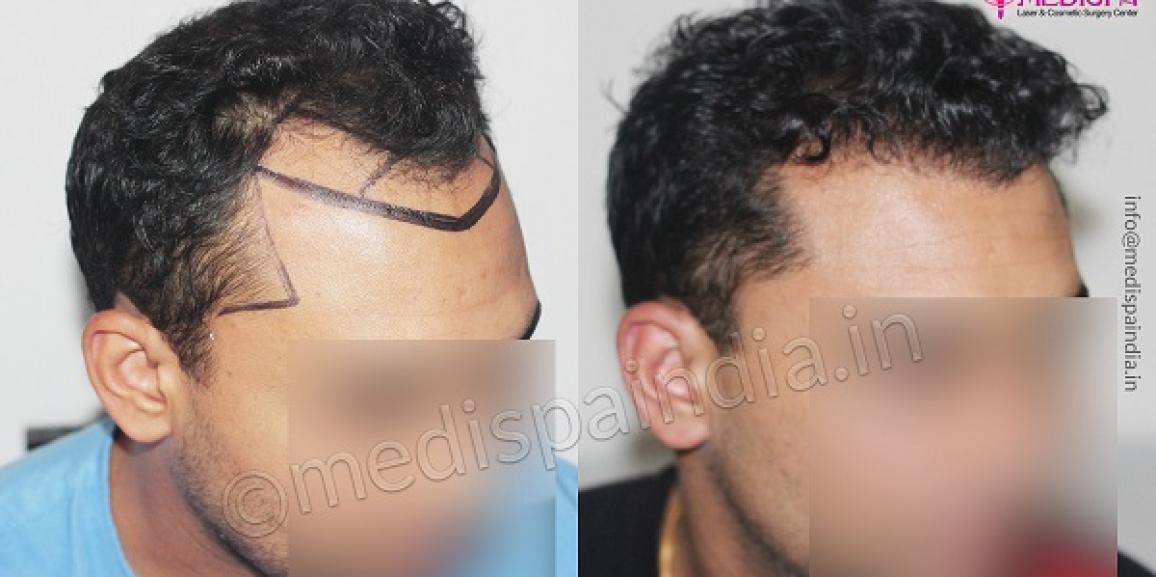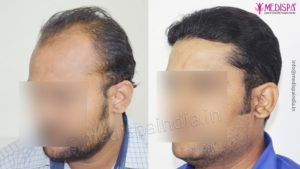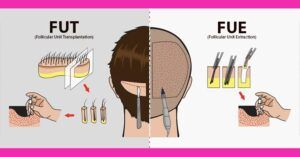
In today’s environment, having good aesthetics has become crucial to success. In one’s personal, social, or professional life, appearance and personality are crucial factors. As a result, many people choose cosmetic surgery so they may feel more confident in their appearance. Cosmetic procedures that appear natural and conceal the surgery’s obviousness are considered effective.
Similar to this, a hair transplant is a cosmetic procedure used to hide bald spots or, in cases when the patient is unhappy with their current hairline, to correct it. The hairline design plays a key role in ensuring that the results of a hair transplant seem natural, much like other cosmetic procedures.
Hair transplantation
A hair transplant is a minimally invasive cosmetic surgery in which hair follicles are transferred from the donor region to the bald area of the recipient. Based on the availability of the hair density, the donor location is chosen. The best places for the donor region are the back and side of the head, while body hairs could also be used. Because body hairs differ from scalp hairs in terms of texture and development pattern, using them would not provide a very attractive appearance.
Individuals’ hairlines vary depending on a variety of circumstances, such as their age, sex, unique demands, and facial features.
What is natural hairline?
The area of the forehead where hair begins to cover the scalp is called the hairline. As people age, their hairline will inevitably recede; this is a common occurrence known as a mature hairline. But if it does happen after a certain point, hair loss may be the cause.
Male and female hairlines follow distinctive patterns that are unique to them. The frontal line and temporal triangles are involved in the pattern of hairline in males, but the temporal triangles are typically filled in females. Both males and females have various hairline patterns that are exclusive to them.
“Extended hairline region” refers to the area of the scalp that is included under the hairline. This area is divided into three zones, each with distinct characteristics: the defined zone, the frontal tuft area, and the transition zone. Particular attention must be given to meeting the requirements and details of the expanded hairline region in order to obtain natural results.
What is the significance of hairline design?
When doing a hair transplant, it is essential to design the hairline based on the patient’s interests. Numerous factors influence the design of a patient’s hairline, including as the patient’s age, sex, facial profile, and specific demands.
Successful hair transplant outcomes are only taken into account when the hairline seems natural and unnoticeable.
How can I acquire a creative hairline for the ideal appearance?
Every cosmetic operation requires desirable aesthetics, and choosing a surgeon with a strong sense of art is necessary to achieve this. A hairline may be created correctly by a few interventions, such as:
Preserving the correct direction of hair follicles: To attain aesthetically pleasing results, each hair follicle must be planted in the same direction, where it is oriented. The exact angulations of every hair follicle can only be replicated by an exceptionally skilled and imaginative hair transplant surgeon.
Properly arranging the hair follicles: The front line and temporal triangles’ hair follicles are organized in an uneven zigzag pattern that will provide remarkably natural effects.
Appropriate hair follicle selection and transplantation: Using the FUT or FUE hair transplant process, the hair follicles are carefully chosen from the scalp. To create a hairline that seems natural, solitary, thin hair follicles are chosen and placed in the temporal triangles and front line. The many hair transplants are best placed in the back rows, ideally starting in the third row.
The hair follicles are grouped according to the corresponding hairline zone: The “extended hairline region” is made up of three zones that require different attention based on the arrangement of the hair follicles in each zone. Single, thin hair follicles that are arranged erratically are desired in the transition zone. In greater density frontal tufts and defined zones, many thick grafts are favored.
Selecting the best method to achieve successful outcomes: An attractive outcome of hair transplantation is largely dependent on the technique used. Since the proper method would supply the exact amount of grafts to give sufficient coverage without overharvesting or reducing density at the donor site.
Medispa clinic for hair transplant in India is pioneers in the sector, offering clients enduring and aesthetically pleasing results. We are a well-known centre that is renowned for providing the greatest outcomes at reasonable hair transplant cost in India.
Dr. Suneet Soni possesses a remarkable ability to create a hairline that blends seamlessly with the surrounding hairs. You have come to the correct place if you want a permanent hair transplant that also appears natural. You can definitely receive a painless hair transplant as we have formulated a specialized anesthetic agent that has to be injected only once before the procedure even for the longest session as its affect last for around 12 hours. For the best hair transplant experience, visit the Medispa hair transplant clinic.





